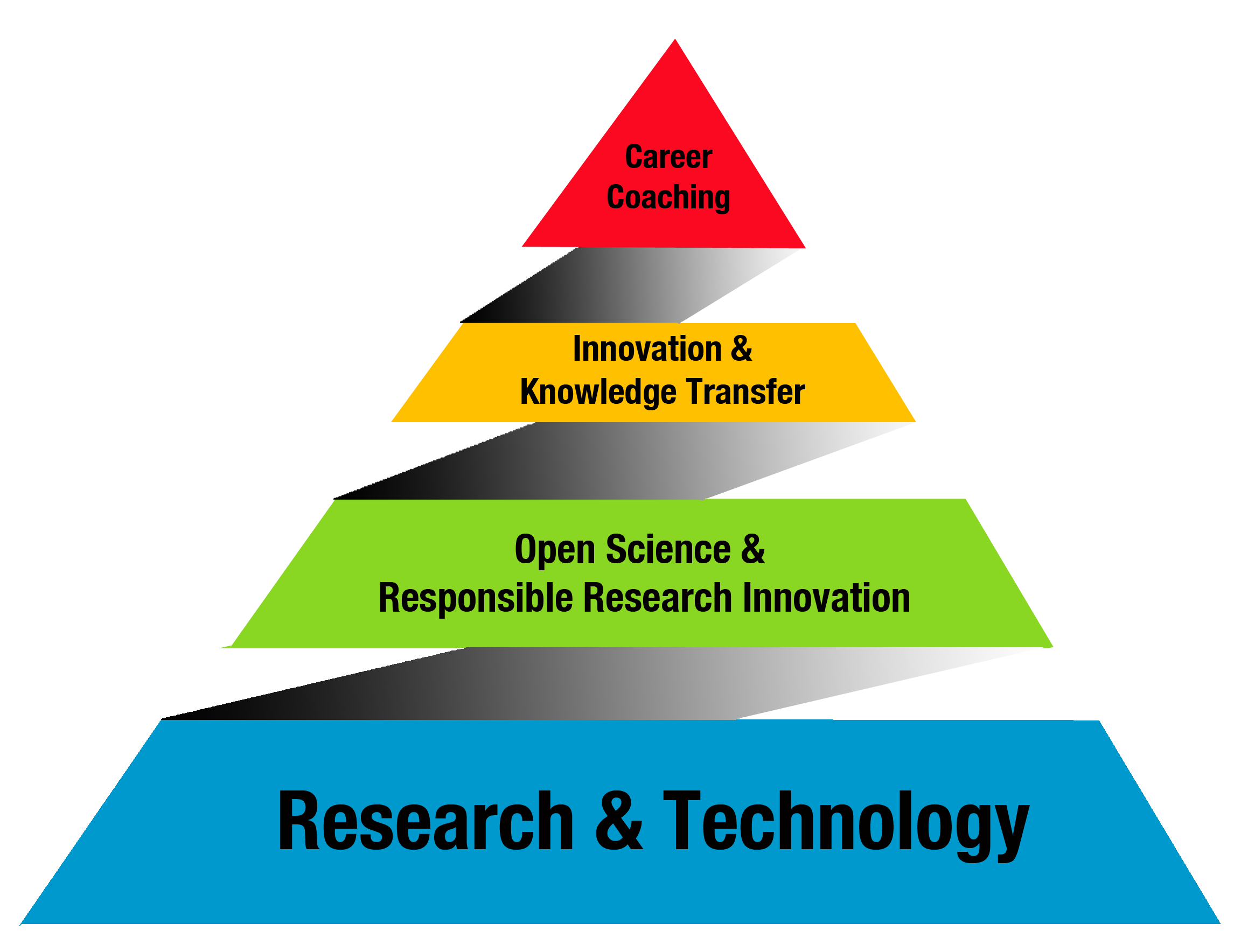The field of metagenomics and whole community sequencing is a promising area to unravel the content of microbial communities and their relationship to disease and antimicrobial resistance in the human population. Bioinformatic tools are extremely important for making sense out of metagenomics data, by estimating the presence of pathogens and antimicrobial resistance determinants in complex samples. Combined with relevant explanatory data, metagenomics is a powerful tool for surveillance.
In this course, we teach about the potential of metagenomics for surveillance and give the learners an overview of the steps and considerations in a metagenomics study. After this course, the learners will know:
- the difference between the concepts of metagenomics and other microbial genomics
- the need to use controls in different steps of a metagenomics study
- the advantages of metagenomics for the surveillance of antimicrobial resistance
- how sampling design, sample size, sample material and sample handling influence the outcome of a metagenomics study
- sample processing for bacterial and viral metagenomics
- different sequencing platforms and their possibilities regarding metagenomics
- the steps involved in a general metagenomics study, including quality control, mapping to different databases, and read count analysis
- the principles behind various tools available for analysis of metagenomics data
- how to interpret read classification results
- the need for epidemiology in surveillance
- the concept of global and integrated surveillance
- the challenges for the use of metagenomics in surveillance
- the potential of metagenomics for surveillance
We look forward to welcoming you !
 In this collection of online resources you will find internal and external courses, and educational material for self-paced study. The courses are organized in four different categories:
In this collection of online resources you will find internal and external courses, and educational material for self-paced study. The courses are organized in four different categories: